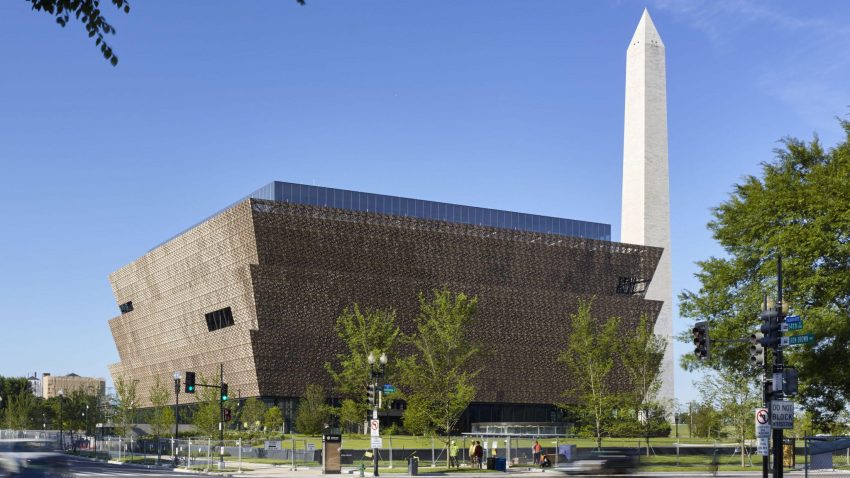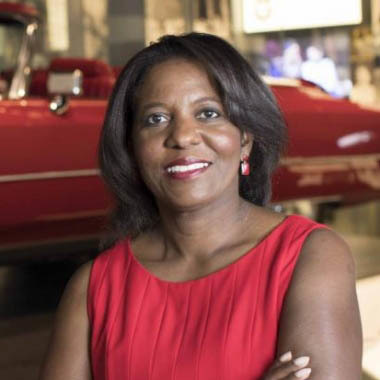
National Museum of African American History and Culture
The National Museum of African American History and Culture is a member of the Smithsonian Institution and is located in the National Mall in downtown Washington, D.C. What was established by Congress in 2003, and opened to the public in September of 2016, the NMAAHC has since become the world’s largest museum dedicated to African American culture and history. The building, itself, was designed by the tag team of David Adjaye (lead designer) and Philip Freelon (lead architect) whose design pays homage to various African, Caribbean, and African American cultural traditions. The museum’s three-tiered exterior form was inspired by a traditional West African column known as the Yoruban Caryatid. And its metallic, bronze-colored siding pays tribute to the ironwork of enslaved African Americans in southern regions of the United States. Funded by the likes of Oprah Winfrey, Bill and Melinda Gates, and Andrew W. Mellon, the NMAAHC boasts over 36,000 artifacts.
The NMAAHC, which has welcomed nearly 4.5 million visitors since opening in 2016, is deliberate in its intention of helping “all Americans see how their stories, their histories, and their cultures are shaped and informed by global influences.” Furthermore, their mission is to tell the American story through the lens of African American culture in a manner that is free and welcoming to all. The NMAAHC stands by these four pillars:
- To provide an opportunity for those who are interested in African American culture.
- To help all Americans see how their stories, their histories, and their cultures are shaped and informed by global influences.
- To explore what it means to be an American and share how American values are reflected in African American history and culture.
- To serve as a palace of collaboration that reaches beyond Washington, D.C.
To touch a bit more on the fourth pillar addressed by the NMAAHC, the museum offers educational programs for young children, students, adults, and educators. In what they declare as “a key component to personal societal betterment,” the NMAAHC emphasizes educational experiences in history, the visual arts, and STEM fields. Additionally, the NMAAHC hosts school groups as well as digitally interactive programs for students who lack proximity to the physical building.
Although I have no personal connection to the National Museum of African-American History and Culture, it is an institution that has really captivated my interest and respect. I am particularly attracted to its welcoming atmosphere for people of all backgrounds. I believe that with the privilege I carry, it is my duty, and in the best interest of all Americans, to educate myself on cultures different from my own. The NMAAHC is the perfect resource to do so. All-in-all, this is surely an institution that I would visit if I took a trip to our nation’s capital.

We will be speaking with Dr. Dwandalyn Reece who is the Curator of Music and Performing Arts at the National Museum of African American History and Culture. She has curated a permanent exhibit at NMAAHCtitled “Musical Crossroads” for which she received the Secretary’s Research Prize in 2017. Needless to say, we can expect that she will bring with her both profound curatorial expertise and copious knowledge of black musical history.
If you haven’t already, please check out my video introduction to this wonderful institution.
